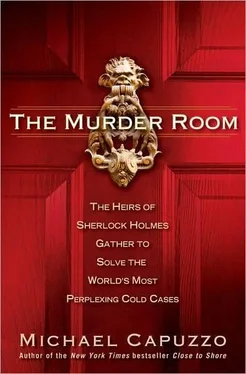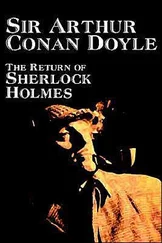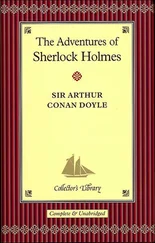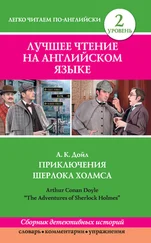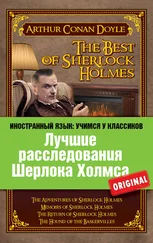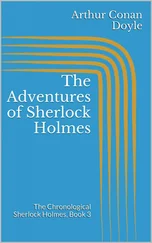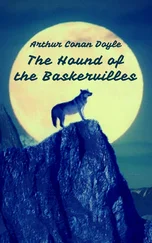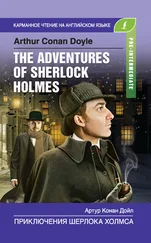Jonathan was still. “I could tell he was dead. His eyes were open but not seeing. There was sadness in his face. If I live to be a hundred, I will never feel as sorry for a human being as I did for Jonathan right then.” His parents chopped his hair short; Mary was ordered to trim his fingernails. “I tried to be gentle,” she said. The next morning her mother lifted Jonathan from the tub, where he’d been kept all night. They wrapped him in a blanket and carried him out a side door in the basement that faced the driveway, hidden by a hedge, and put him in the trunk of the car. Her mother drove past a church and down a country road and stopped by a patch of woods. A car came by as her mother opened the trunk, and she told Mary, “Don’t say a word.” They carried Jonathan into an overgrown field. Her mother found an empty box near the road. “Oh, good,” her mother said. “Tilt it.” Mary tipped it and her mother slid Jonathan into it and made sure he was out of the rain. “Did it matter?” Mary wondered. They stopped at a diner on the way home and Mary had a donut. She threw it up in the car. Her mother was very angry. “Then we went home and tried to act like everything was normal.” Her father died years ago from a heart attack, her mother died after that at a nursing home in Florida. She never told anyone but her psychiatrist.
As they drove back to Philadelphia, Kelly could hardly contain his excitement. He recalled that the Good Samaritan saw a young boy wearing a raincoat standing next to a woman-the tall, wide-shouldered Mary said she was wearing a raincoat, and she easily could have been mistaken from behind for a boy. Kelly and McGillen agreed the route Mary described to the field made sense. Her account of the boy vomiting baked beans was intriguing; the autopsy, not widely reported, noted a brown residue in the boy’s esophagus.
Mary gave the address of the family’s house on the Main Line, and Kelly and McGillen raised their eyebrows. The address matched an earlier tip the society believed to be reliable and had never made public. To pick a matching address in a metropolitan area of more than five million people seemed more than coincidence. Kelly and McGillen confirmed the existence of the house, and of Mary’s late parents, a teacher and librarian. They were stunned by what she witnessed and suffered, and amazed at how she struggled to make her life a success.
As Augustine listened to Mary, he kept thinking, Why does she hate her parents so much, to tell a story like that? He didn’t believe Mary, and even Fleisher was skeptical of the story. Augustine pointedly asked the psychiatrist why he didn’t have any notes confirming Mary’s story. The therapist was offended. “I don’t need notes. My job was to help Mary unlock the memory, series of memories, and free herself from them… And I can tell you… her account has been consistent from the start. What you heard is what I’ve been hearing for thirteen years now, long before there was a Web site about this case. I believe Mary is telling the truth.”
Later that summer, on Philadelphia ’s top-rated TV news station, Eyewitness News reported that according to confidential sources the Vidocq Society had achieved a breakthrough in the case “that has tormented Philadelphia police for more than four decades.”
Augustine remained unconvinced. “It may be true. It may not be true. Hell, there’s just no corroboration for any of it,” he said. Bruce Castor, the Montgomery County district attorney, said the information was “sketchy and unreliable.” He said Mary’s story is “akin to Martians coming down and marching somebody off in a spaceship.”
But within days Kelly and McGillen located Mary’s old house. The white-haired cops walked up and down the street interviewing neighbors. Several neighbors recalled the couple who once lived there, a very conservative, conventional teacher and librarian, and dismissed the lurid story as ludicrous. None of them ever saw a boy come out of the house.
Kelly and McGillen knocked on the door of Mary’s old house. Kelly explained the situation and politely asked the current owner if they could see the basement. No, she said firmly. But Kelly and McGillen figured it was a good start. It was just their first conversation. They would be back.
They wanted to see if there was a coal bin.
The fax arrived at the nineteenth-century brownstone headquarters of the Vidocq Society, on Locust Street in Philadelphia, at midday. Fleisher walked down the hall and crossed the large red Oriental rug in the waiting room, past the mantelpiece with the Vidocq bust and the cadaver skull, to the fax closet. He barely read it as he brought it back, scowling, to the “war room,” where he was meeting with Bender and Walter. It was the winter of 2002, and the commissioner of the Vidocq Society should have been happier. Before Christmas, the society had heard one of his favorite cases. VSM Richard Walton, a California investigator, had come east to describe his thirteen-year effort that led California to exonerate American Indian Jack Ryan, wrongly framed for a celebrated 1920s double murder in Humboldt County.
“Redemption is the sweetest human event,” Fleisher said. He had just been named one of the seventy-six finest minds in Philadelphia by Philadelphia magazine. He and Nate Gordon had recently published a book, Effective Interviewing and Interrogation Techniques, exploring his favorite subject, the historic search for truth. New tips on the Boy in the Box case were pouring in since VSM George Knowles, a New Jersey volunteer, had created an “America’s Unknown Child” Web site; Knowles had been haunted by the case since he went to his local police station in central New Jersey to register his new bicycle at age eleven, and saw the police “Information Wanted” poster-“my first exposure to death.”
Even the planned Vidocq Society movie was getting media attention now, helping attract more cases, more chances to help the helpless. The movie “will be full of thrills, murder, mayhem, and disgust,” Walter told a Binghamton, New York, newspaper. “A typical day for me.”
But Fleisher’s optimistic view of human nature had been challenged that fall by the terrorist attacks of September 11, 2001. A number of VSMs answered the call, including forensic dentist Haskell Askin, a leader of the identification effort in the New York medical examiner’s office, and Utica College forensic anthropologist Thomas A. Crist, who worked night shifts at the Fresh Kills Landfill sorting human remains from other materials and rubble brought by barge and spread over seven acres. Richard Walter was contacted by shadowy figures in American intelligence asking if he could profile Osama bin Laden.“Why of course, said I,” he related.“He, like Stalin and assorted other monsters of history, is a malignant narcissist. He is all about power; religion is a guise. Ultimately he will be defeated because he can’t take a step backward.”
Fleisher said America and other nations must “find the evil animals responsible for this horrific act… and dispatch all of them back to Satan. However, it’s critical for the global community to acknowledge that true Muslims around the world are good, religious people who equally abhor what these traitors to true Islam have done.” He issued a fresh call in the Vidocq Society Journal for VSMs “to live by our motto, Veritas Veritatum, and help protect ALL innocent people from prejudice and hate.”
Now as he reentered the war room, he looked down at the fax and his face brightened. “Good news. The suspect confessed to killing Lorean Quincy Weaver, the Girl with the Missing Face that Frank identified.” Fleisher threw the paper fax on the table, and Bender and Walter took turns studying it. The police dispatch warmly congratulated Walter for his profile.
Читать дальше
